Pediatric Emergency Radiology (WHAT DO I DO NOW EMERGENCY MEDICINE)
Pediatric Emergency Radiology (WHAT DO I DO NOW EMERGENCY MEDICINE)
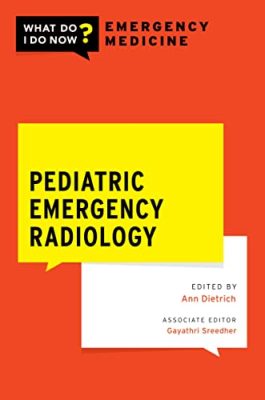 Part of the “What Do I Do Now?: Emergency Medicine” series, Pediatric Emergency Radiology uses a case-based approach to cover common and important topics in radiology imaging for pediatric emergency care. Each chapter provides a discussion of the diagnosis, key points to remember, and selected references for further reading. Areas of controversy are clearly delineated with a discussion regarding evidence-based options and a balanced view of treatment and disposition decisions. The book addresses a wide range of topics including neonatal respiratory distress, foreign body ingestion, Bronchiolitis, and related radiology issues faced by emergency medicine providers and pediatricians.
Part of the “What Do I Do Now?: Emergency Medicine” series, Pediatric Emergency Radiology uses a case-based approach to cover common and important topics in radiology imaging for pediatric emergency care. Each chapter provides a discussion of the diagnosis, key points to remember, and selected references for further reading. Areas of controversy are clearly delineated with a discussion regarding evidence-based options and a balanced view of treatment and disposition decisions. The book addresses a wide range of topics including neonatal respiratory distress, foreign body ingestion, Bronchiolitis, and related radiology issues faced by emergency medicine providers and pediatricians.
Pediatric Emergency Radiology is an engaging collection of thought-provoking cases which clinicians can utilize for effective imaging of pediatric patients. The volume is also a self-assessment tool that tests the reader’s ability to answer the question, “What do I do now?”









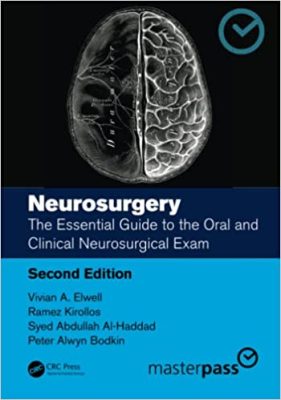
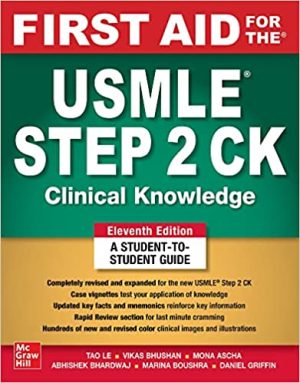

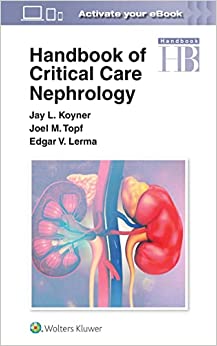 Designed specifically for nephrologists and trainees practicing in the ICU, Handbook of Critical Care Nephrology is a portable critical care reference with a unique and practical nephrology focus. Full-color illustrations, numerous algorithms, and intuitively arranged contents make this manual a must-have resource for nephrology in today’s ICU.
Designed specifically for nephrologists and trainees practicing in the ICU, Handbook of Critical Care Nephrology is a portable critical care reference with a unique and practical nephrology focus. Full-color illustrations, numerous algorithms, and intuitively arranged contents make this manual a must-have resource for nephrology in today’s ICU.
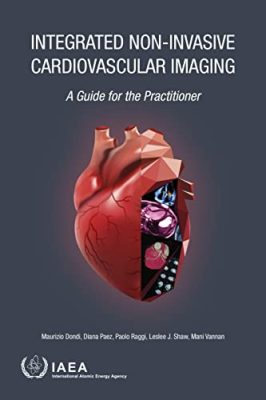
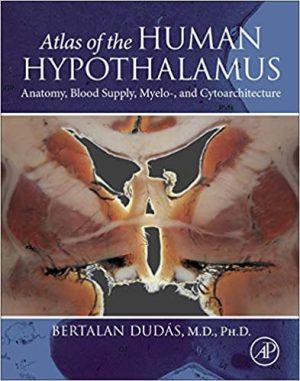
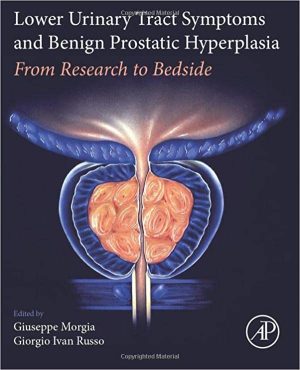
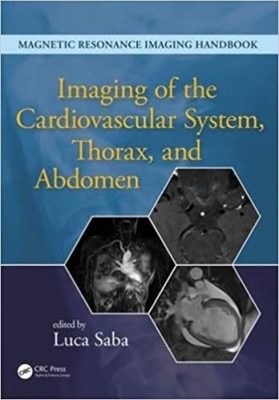 Magnetic resonance imaging (MRI) is a technique used in biomedical imaging and radiology to visualize internal structures of the body. Because MRI provides excellent contrast between different soft tissues, the technique is especially useful for diagnosticimaging of the brain, muscles, and heart.
Magnetic resonance imaging (MRI) is a technique used in biomedical imaging and radiology to visualize internal structures of the body. Because MRI provides excellent contrast between different soft tissues, the technique is especially useful for diagnosticimaging of the brain, muscles, and heart.
